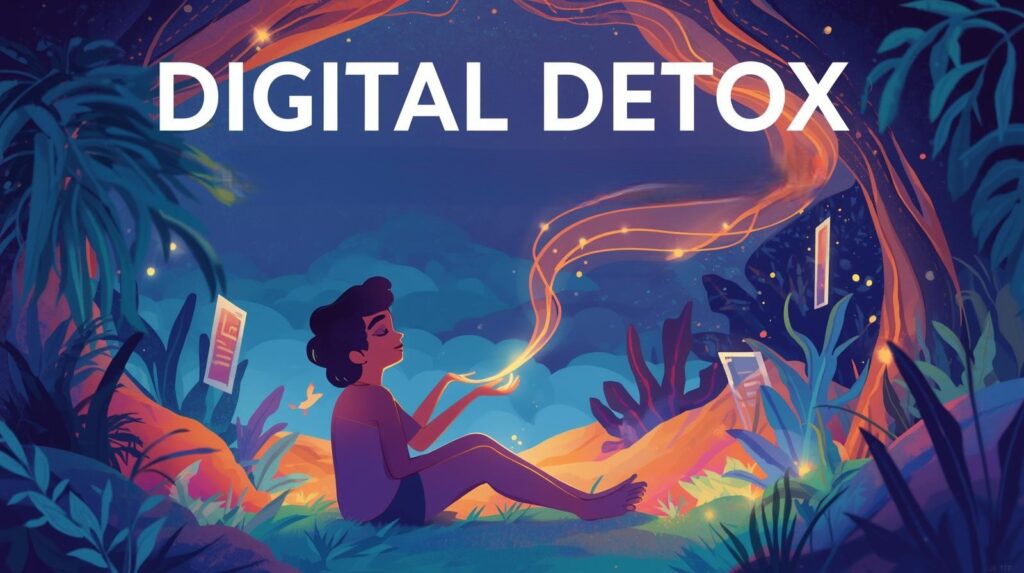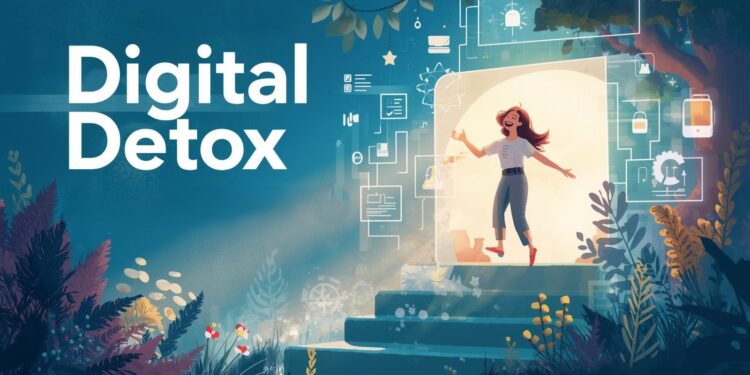In an era where technology seamlessly integrates into every aspect of our lives, the concept of a digital detox has emerged as a vital counterbalance. As we delve deeper into the digital realm, the lines between our online presence and offline experiences blur, often leading to digital addiction. This addiction not only hampers personal well-being but also affects professional productivity. Let’s explore how a digital detox can help reclaim your time online and foster a healthier relationship with technology.
Digital addiction refers to the compulsive use of digital devices, such as smartphones, tablets, and computers. This behavior is characterized by an incessant need to engage with these devices, often at the expense of real-world interactions and responsibilities. Whether it’s gaming addiction or incessant social media scrolling, these habits can lead to decreased productivity, strained relationships, and mental fatigue.
For professionals such as Chief Technology Officers, Business Strategists, and Innovation Managers, digital addiction can pose a significant threat. The constant barrage of notifications and the urge to stay connected can detract from strategic thinking and innovation. It can also hinder the ability to foresee and implement emerging technologies effectively within an organization.
A digital detox involves taking intentional breaks from digital devices to recalibrate your focus and productivity. This practice can lead to numerous benefits, including:
- Enhanced Focus and Creativity: By reducing digital distractions, individuals can concentrate better on complex tasks, fostering creativity and strategic thinking.
- Improved Well-being: Disconnecting from the digital noise can lead to reduced stress levels and enhanced mental clarity, which are crucial for effective decision-making.
- Reinforced Relationships: A digital detox encourages meaningful interactions with colleagues and clients, strengthening professional relationships.

Adopting a digital detox doesn’t mean abandoning technology altogether. Instead, it involves setting boundaries to manage its use effectively. Here are some strategies to consider:
- Scheduled Downtime: Designate specific times during the day to disconnect from all digital devices. Use this time for deep work or personal reflection.
- Mindful Consumption: Be deliberate about the content you engage with online. Prioritize educational and career-enhancing materials over mindless browsing.
- Digital-Free Zones: Create spaces in your home or office where digital devices are not allowed, encouraging face-to-face interactions and focused work.
In conclusion, as technology continues to evolve, professionals must navigate the fine line between leveraging its benefits and avoiding its pitfalls. A digital detox provides a practical solution to combat digital addiction, enabling professionals to reclaim their time online and maintain a healthy work-life balance. By integrating these practices, industry leaders can enhance both personal well-being and professional efficacy, ensuring they remain at the forefront of innovation and strategic growth.
Do you have any digital detox strategies that work for you? Share your insights in the comments below.




